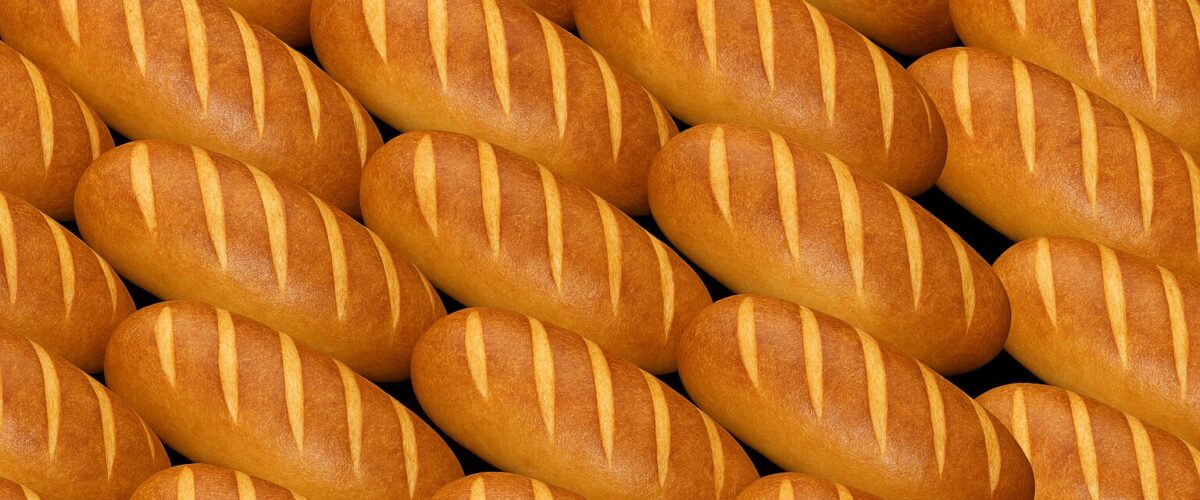In kitchens around the globe, a quiet but powerful revolution is taking place. Flour dust fills the air, ovens glow with anticipation, and social feeds are brimming with crusty loaves, artful scoring, and bubbling sourdough starters. Baking bread at home has become more than just a pandemic hobby—it’s evolved into a cultural movement. What once symbolized scarcity and survival has now become an emblem of creativity, health consciousness, and even personal identity. And it’s a trend the food industry can no longer afford to ignore.
At its core, this bread renaissance is driven by a desire for connection—both to food and to the act of making something from scratch. Bread baking offers a sense of comfort, control, and ritual in a world that often feels uncertain. But it’s not just about nostalgia or self-care. This movement is being fueled by deeper shifts in consumer values: the prioritization of health, sustainability, and authenticity.
Consumers are increasingly turning away from ultra-processed supermarket loaves in favor of breads they can trust—those with shorter ingredient lists, no additives, and clear nutritional benefits. Gluten-free, keto-friendly, and low-carb options are booming, as are breads packed with ancient grains, seeds, and whole flours like rye, buckwheat, and oat. Flavor is another key driver: za’atar, turmeric, roasted garlic, and rosemary are just a few of the bold, savory ingredients that home bakers are now experimenting with.
Sourdough, in particular, has become a poster child for the trend. Its slow fermentation process aligns perfectly with the values of mindfulness and gut health. But it also represents a kind of rebellion against mass-produced, standardized food. With rising food prices and an increased awareness of what goes into our meals, many are rediscovering the economic and emotional value of baking their own bread.
For the food industry, this isn’t a threat—it’s a roadmap. Bakeries, restaurants, and food brands have a major opportunity to meet consumers where their interests already lie. Here’s how:
- Artisan-style offerings: Restaurants and bakeries can highlight their use of traditional methods—like fermentation or stone-ground flour—to signal quality and craft.
- Bread-centric menu items: From focaccia sandwiches to sourdough flatbreads, there’s room to build entire experiences around innovative, house-made breads.
- Workshops and experiences: Hosting bread-making classes or offering sourdough starter kits can build brand loyalty and deepen customer engagement.
- Ingredient transparency: Brands that showcase where their grains come from—and why it matters—will resonate with a new generation of label-readers and home chefs.
- Retail innovation: Even in packaged goods, there’s room for growth. Think pre-mixed artisanal flour blends, DIY fermentation kits, or frozen dough made with clean ingredients.
What we’re seeing is more than a trend. It’s a reawakening of the relationship between people and one of the oldest foods in human history. Bread is no longer just a side dish—it’s a story, a statement, and a medium of self-expression.
Bread Baking as Therapy: The Neuroscience of Kneading
Beyond the rustic aesthetics and the crusty results lies a powerful, often overlooked truth: bread baking is therapy. The physical act of kneading dough activates sensory and motor functions in the brain, promoting mindfulness and reducing cortisol levels. It’s a full-body engagement that demands attention to touch, rhythm, and breath—similar to meditation or yoga. Fermentation, with its slow and patient tempo, reinforces this mental shift toward “slow living” and intentionality. As life accelerates, sourdough becomes a rare moment where time stretches, inviting presence and calm. For many, baking isn’t just about nourishment—it’s a grounded, repetitive ritual that offers emotional clarity and a sense of control in an unpredictable world.
Sourdough as Social Flex: The Loaf as Lifestyle Statement
In a digital culture obsessed with aesthetics, effort, and authenticity, sourdough has emerged as a surprising status symbol. Unlike instant gratification foods, sourdough demands patience, skill, and care—qualities now seen as luxuries. On platforms like TikTok and Instagram, scoring techniques, crumb shots, and perfectly blistered crusts are part of a new visual language. Sharing a homemade loaf isn’t just about food—it’s proof of taste, dedication, and creative identity. In many ways, it’s the bread equivalent of a hand-thrown ceramic mug or a film photo: slow, imperfect, and deeply personal. The sourdough starter has become a digital-age heirloom, passed between friends, documented online, and nurtured like a pet—blurring the line between sustenance and self-expression.

